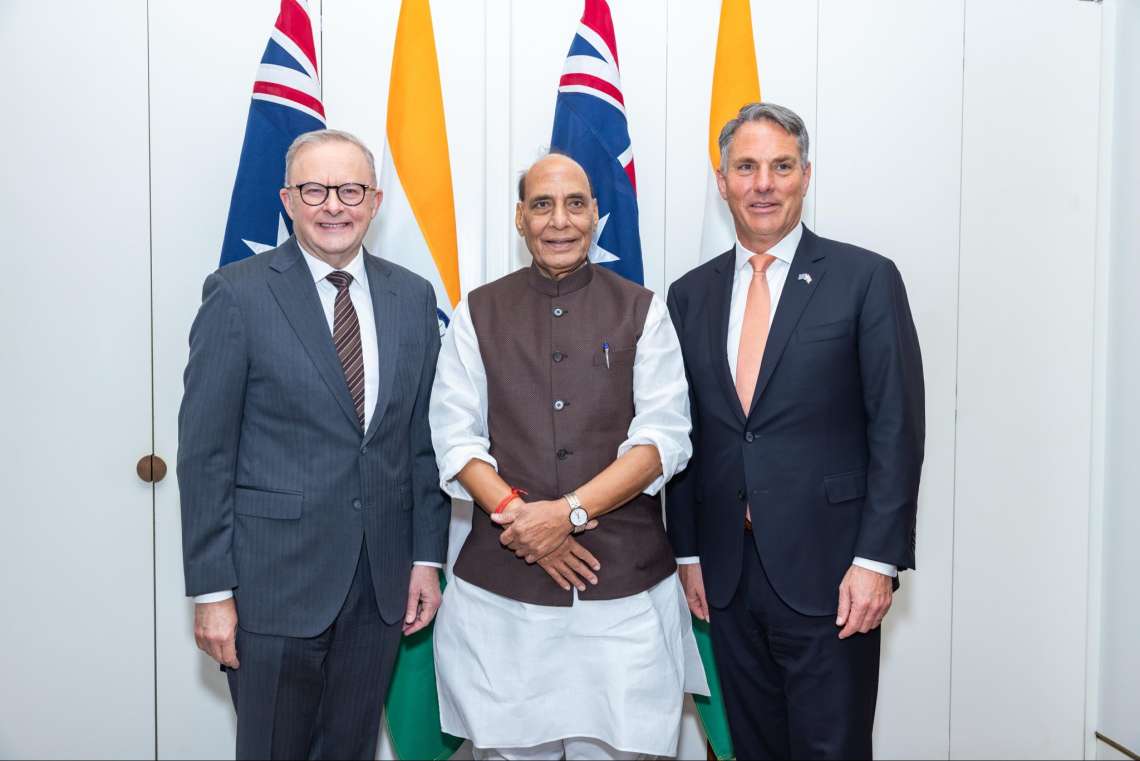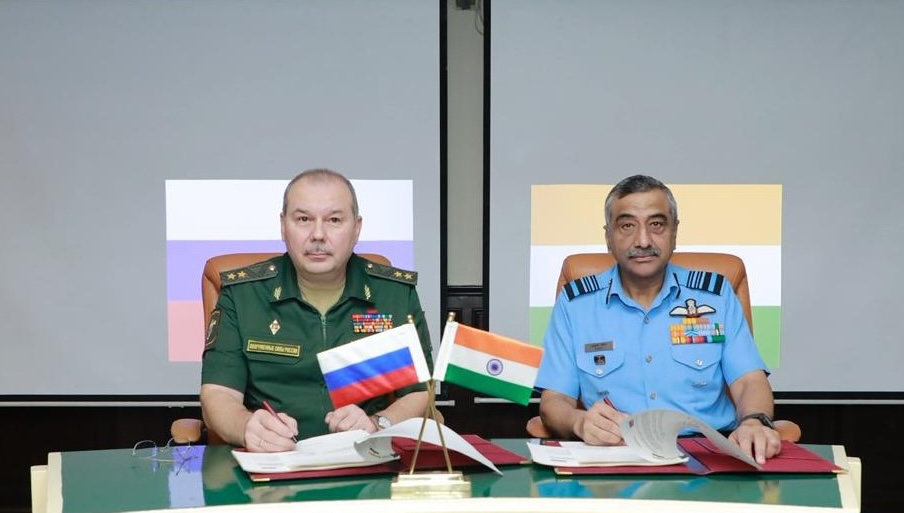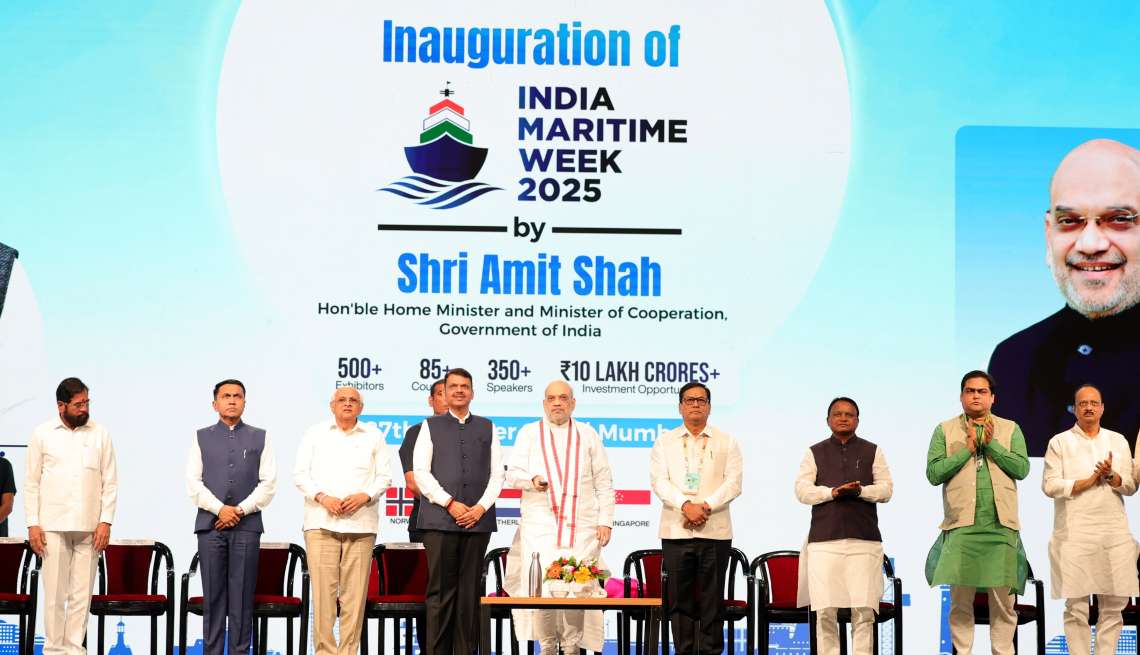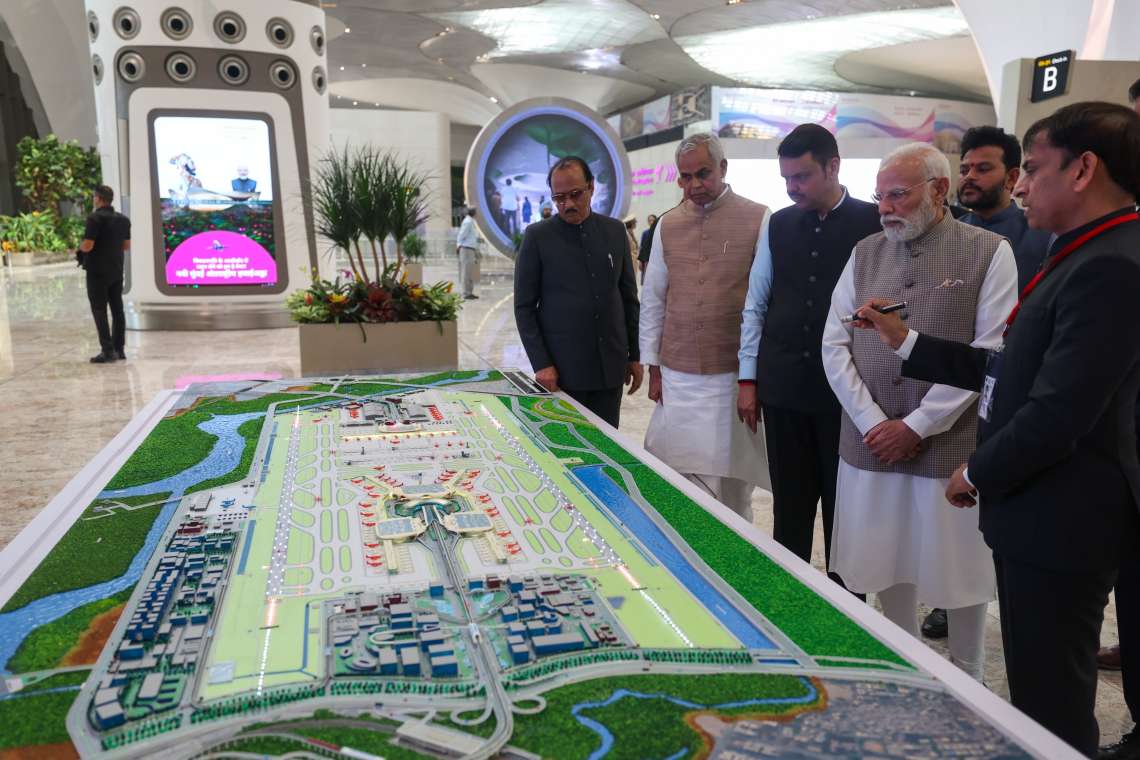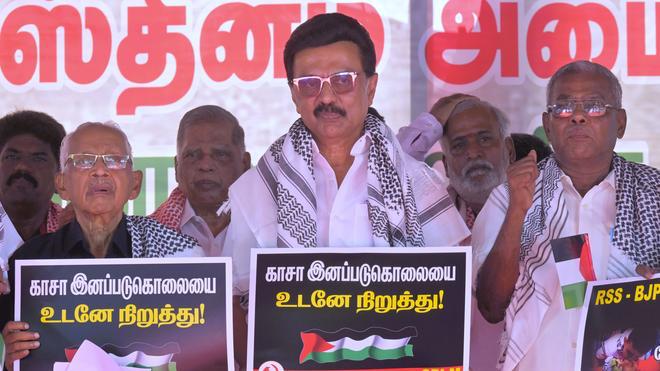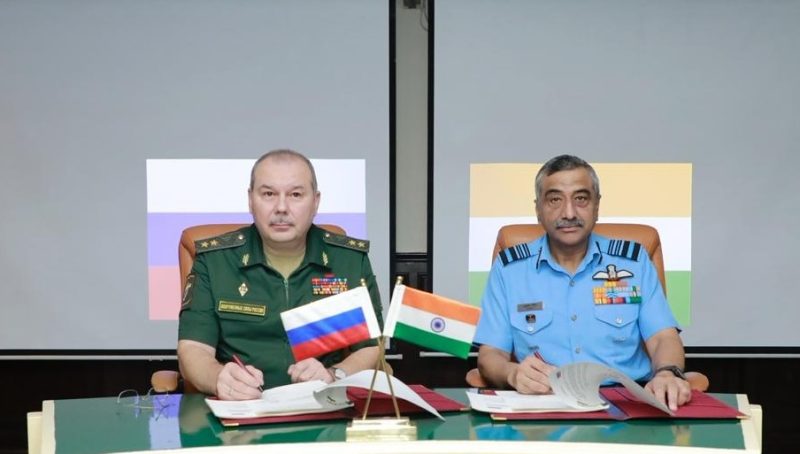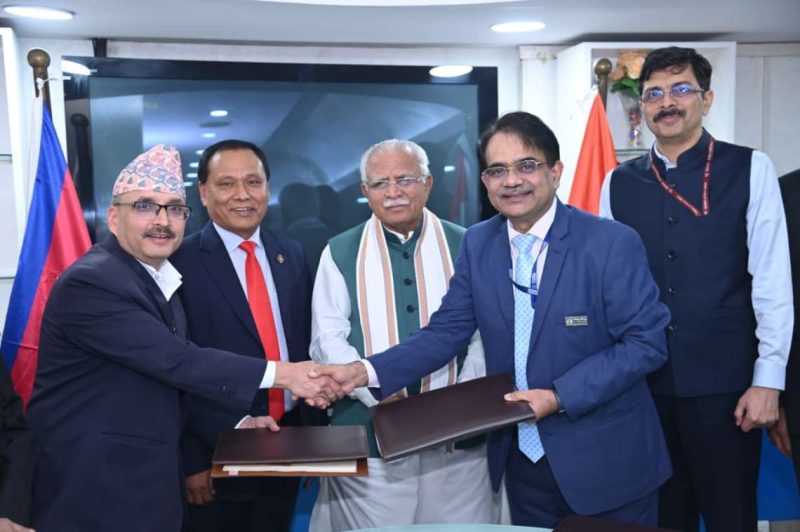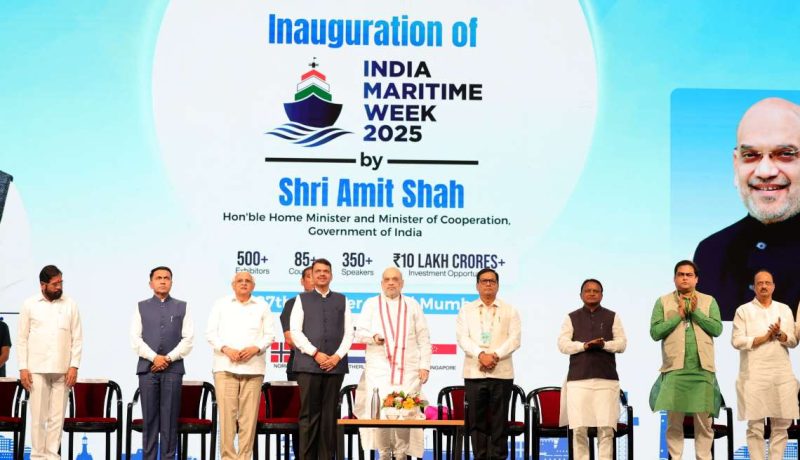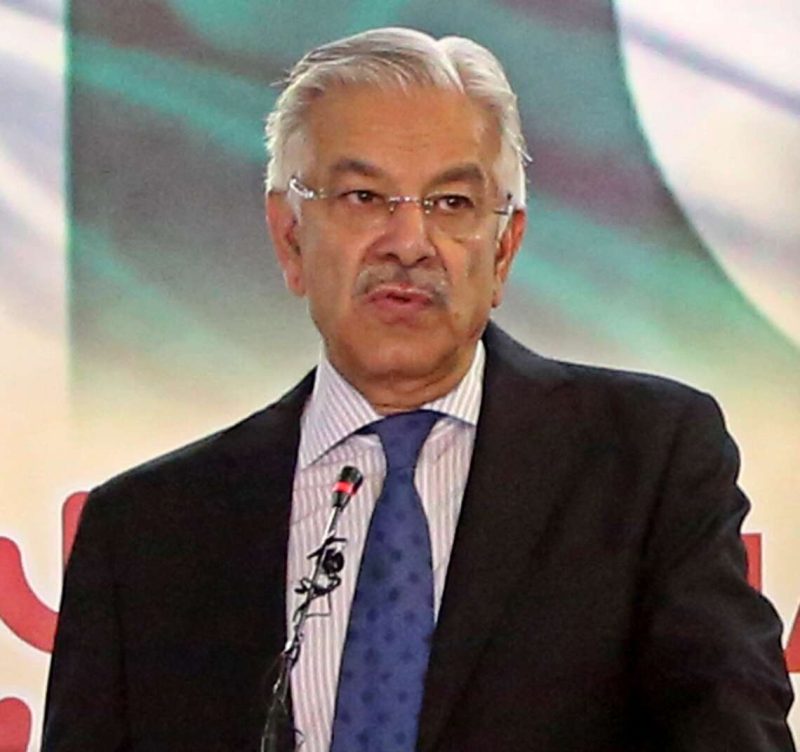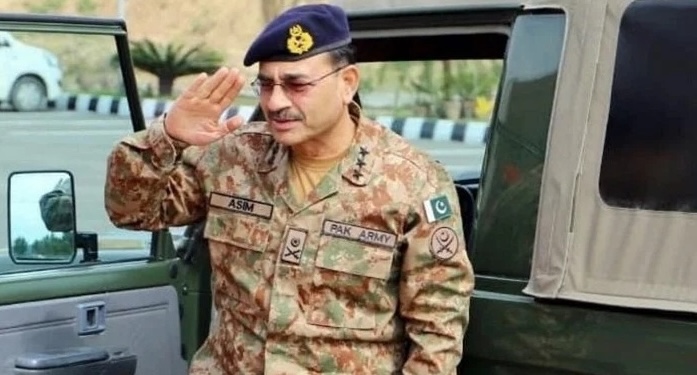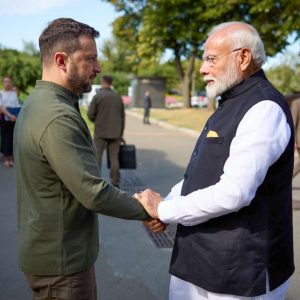Rajnath Singh’s Australia visit seals major defence agreements, marking a milestone in India-Australia strategic cooperation and reinforcing shared commitment to a stable, open Indo-Pacific.
India and Australia have taken another decisive step in strengthening their defence partnership, with Defence Minister Rajnath Singh holding high-level talks with Australian Prime Minister Anthony Albanese and Defence Minister Richard Marles in Canberra on Thursday. The meetings — which marked the first visit by an Indian Defence Minister to Australia in 12 years — focused on expanding strategic cooperation, defence industry partnerships and maritime security in the Indo-Pacific region.
Prime Minister Albanese described the meeting as a reflection of growing mutual trust and shared strategic goals. “Australia and India’s defence partnership keeps getting stronger — built on trust, shared interests and a commitment to a peaceful, secure and prosperous Indo-Pacific,” he posted on social media. “Great to meet with the Indian Defence Minister Rajnath Singh on his first trip to Australia for the Inaugural Australia-India Defence Ministers’ Dialogue.”
Defence cooperation
During the meetings, Singh and his Australian counterparts reviewed the full spectrum of defence collaboration — from defence technology and industry cooperation to cyber defence, maritime domain awareness and regional stability. Singh said the talks were “productive and forward-looking,” reaffirming the importance of the Comprehensive Strategic Partnership between the two countries.
“I highlighted the rapid growth of India’s defence industry and India’s growing stature as a credible source of high-quality defence technology globally,” Singh said on X. “We discussed the potential for deeper defence industry partnerships between India and Australia. I thank Australia for its steadfast support on cross-border terrorism and shared regional stability. Together, we will deepen cooperation for a free, open, and resilient Indo-Pacific.”
Australia’s Deputy Prime Minister and Defence Minister Richard Marles echoed the sentiment, calling the engagement “hugely significant.” He said both nations had agreed to “boost dialogue, cooperation, and complexity in joint and multilateral exercises across the services.”
Defence agreements
The newly signed defence agreements will enable greater coordination between the operational commands of both nations’ militaries, enhancing interoperability, joint planning and information sharing. This step reflects both nations’ intent to align their defence postures amid evolving regional security dynamics and rising challenges in the Indo-Pacific.
Earlier in the day, Rajnath Singh was accorded a ceremonial welcome at Australia’s Parliament House by Richard Marles. The ceremony included a traditional “Welcome to Country” smoke ritual — an Aboriginal practice symbolising friendship and respect for the land’s traditional custodians. Singh was also received at Canberra Airport by Assistant Defence Minister Peter Khalil and Vice Admiral Justin Jones, Chief of Joint Operations.
During his travel from Sydney to Canberra, Singh boarded an Australian KC-30A multirole tanker aircraft and witnessed an air-to-air refuelling of F-35 fighter jets — a demonstration that followed the recent reciprocal refuelling agreement between the Indian Air Force and the Royal Australian Air Force, highlighting growing operational synergy.
Free Indo-Pacific
Singh’s visit coincides with the fifth anniversary of the India-Australia Comprehensive Strategic Partnership (CSP), under which both countries have deepened cooperation in defence production, logistics support, and maritime security. Built on shared democratic values and mutual commitment to a rules-based Indo-Pacific, the partnership has gained further momentum through joint naval exercises such as AUSINDEX and participation in multilateral platforms like the Quad.
Australia’s engagement with India comes as both nations seek to counterbalance China’s expanding military and economic influence in the region. For New Delhi, Canberra has become an increasingly vital partner in safeguarding maritime commons and ensuring open trade routes across the Indian Ocean.
As Singh concluded his visit, the meetings with Albanese and Marles underscored the strategic convergence between the two nations. Both sides reiterated their shared commitment to advancing peace and stability through sustained military dialogue, defence innovation, and joint operations.
“The India-Australia relationship today stands on a foundation of mutual respect, trust and shared purpose,” Singh said. “Our cooperation has evolved beyond intent into implementation, and together we will ensure that the Indo-Pacific remains free, open and inclusive.”
The day’s engagements highlighted how India and Australia are evolving from strategic partners to operational allies, united by a common vision of a secure and prosperous Indo-Pacific order.


